A massive pottery pair of horses standing on all fours and striding with its right hoof forward. Extended snout ends in parted lips showing teeth beneath in a braying attitude. Low relief bridle on face and well defined eyes. Raised mane down back of the neck A fantastic example of the Wei dynasty horses. Large, exquisite walking Ferghana horses with great attention paid to anatomical detail were the choice of the wealthy. The horse was second only in importance to the dragon. It was supposed to possess magical powers which the early Chinese were eager to explore. It would be the horse that would carry the deceased to the next life and it would be the amount of horses that an individual owned that would guarantee his ongoing status in the hereafter. Thermoluminescence certificate from Madrid Labs included. In southern China, people turned to Daoism, and mingqi, as well as above-ground sculptures, became ever more infused with animal iconography and energized with dynamic lines. The north of China was eventually united by nomadic Tuoba invaders who founded the Northern Wei dynasty (386-534) and established a measure of stability. Their rule fostered both preservation, seen in Han tomb styles and funerary practices, as well as innovation, seen in new types of mingqi such as human-faced guardian animals called zhenmushou, human guardians, and increasing numbers of pack animals and military figures. The Northern Wei or the Northern Wei Empire (/we?/), also known as the Tuoba Wei (???), Later Wei (??), or Yuan Wei (??), was a dynasty founded by the Tuoba (Tabgach) clan of the Xianbei, which ruled northern China from 386-534 AD (de jure until 535), during the period of the Southern and Northern Dynasties. Described as "part of an era of political turbulence and intense social and cultural change", the Northern Wei Dynasty is particularly noted for unifying northern China in 439: this was also a period of introduced foreign ideas, such as Buddhism, which became firmly established. During the Taihe period (477-499) of Emperor Xiaowen, court advisers instituted sweeping reforms and introduced changes that eventually led to the dynasty moving its capital from Datong to Luoyang, in 494. The Tuoba renamed themselves the Han people surname Yuan (?) as a part of systematic Sinicization. Towards the end of the dynasty there was significant internal dissension resulting in a split into Eastern Wei and Western Wei. Many antiques and art works, both Taoist art and Buddhist art, from this period have survived. It was the time of the construction of the Yungang Grottoes near Datong during the mid-late 5th century, and towards the latter part of the dynasty, the Longmen Caves outside the later capital city of Luoyang, in which more than 30,000 Buddhist images from the time of this dynasty have been found.
Una massiccia coppia di cavalli in ceramica che sta a quattro zampe e cammina con lo zoccolo destro in avanti. Il muso allungato termina con labbra separate che mostrano i denti sottostanti in un atteggiamento di raglio. Briglia a basso rilievo sul muso e occhi ben definiti. Criniera rialzata lungo la nuca Un fantastico esempio di cavalli della dinastia Wei. I grandi e squisiti cavalli di Ferghana da passeggio, con grande attenzione ai dettagli anatomici, erano la scelta dei ricchi. Il cavallo era secondo per importanza solo al drago. Si supponeva che possedesse poteri magici che i primi cinesi erano ansiosi di esplorare. Sarebbe stato il cavallo a trasportare il defunto nell'aldilà e sarebbe stata la quantità di cavalli posseduti da un individuo a garantire il suo status nell'aldilà. Certificato di termoluminescenza dei laboratori di Madrid incluso. Nel sud della Cina, la gente si rivolse al Taoismo e i mingqi, così come le sculture in superficie, divennero sempre più infusi di iconografia animale ed energizzati da linee dinamiche. Il nord della Cina fu infine unito dagli invasori nomadi Tuoba, che fondarono la dinastia Wei del Nord (386-534) e stabilirono una certa stabilità. Il loro governo favorì sia la conservazione, come testimoniano gli stili delle tombe Han e le pratiche funerarie, sia l'innovazione, come testimoniano i nuovi tipi di mingqi, come gli animali guardiani dal volto umano chiamati zhenmushou, i guardiani umani e il numero crescente di animali da soma e figure militari. La dinastia Wei del Nord o Impero Wei del Nord (/we?/), nota anche come Tuoba Wei (???), Wei più tardi (??) o Yuan Wei (??), fu una dinastia fondata dal clan Tuoba (Tabgach) degli Xianbei, che governò la Cina settentrionale dal 386 al 534 d.C. (de jure fino al 535), durante il periodo delle dinastie del Sud e del Nord. Descritta come "parte di un'epoca di turbolenze politiche e di intensi cambiamenti sociali e culturali", la dinastia Wei settentrionale è particolarmente nota per aver unificato la Cina settentrionale nel 439: questo fu anche un periodo di introduzione di idee straniere, come il buddismo, che si affermò saldamente. Durante il periodo Taihe (477-499) dell'imperatore Xiaowen, i consiglieri di corte istituirono riforme radicali e introdussero cambiamenti che alla fine portarono la dinastia a spostare la sua capitale da Datong a Luoyang, nel 494. I Tuoba si ribattezzarono con il cognome Yuan (?) del popolo Han come parte di una sistematica sinizzazione. Verso la fine della dinastia si verificarono notevoli dissensi interni che portarono alla divisione in Wei orientali e Wei occidentali. Di questo periodo sono sopravvissute molte antichità e opere d'arte, sia taoiste che buddiste. In questo periodo furono costruite le Grotte di Yungang, vicino a Datong, a metà-fine del V secolo, e, verso la fine della dinastia, le Grotte di Longmen, fuori dalla successiva capitale Luoyang, in cui sono state ritrovate più di 30.000 immagini buddiste dell'epoca di questa dinastia.
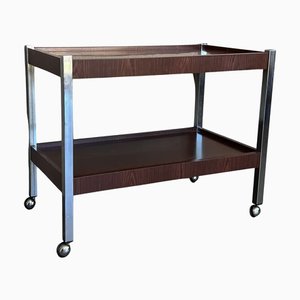
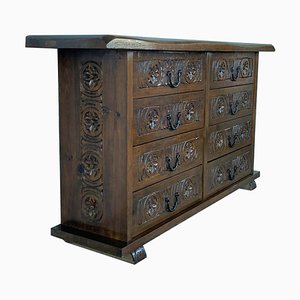
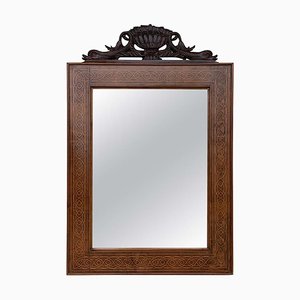

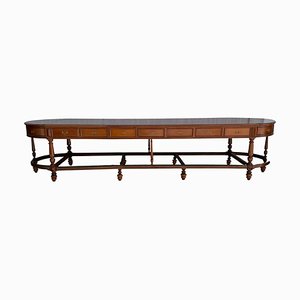
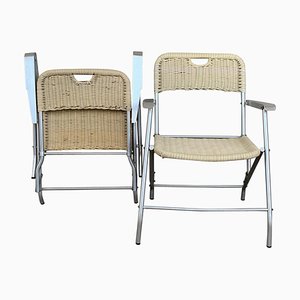
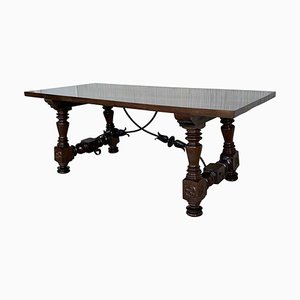
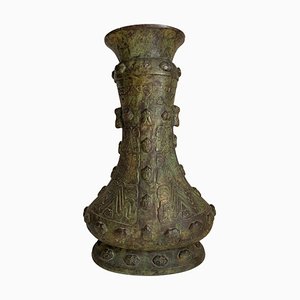

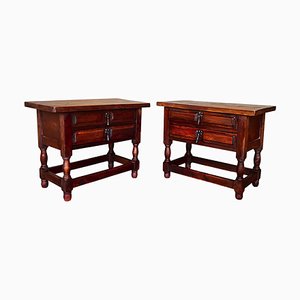
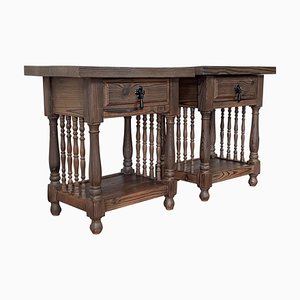
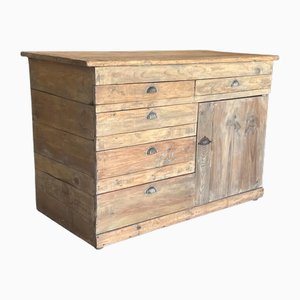
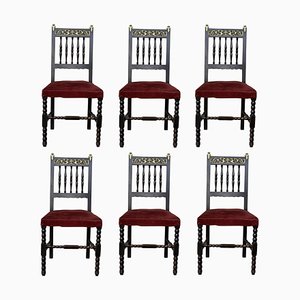
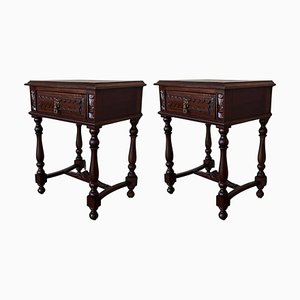

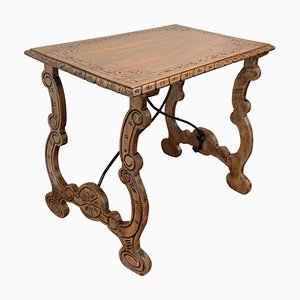
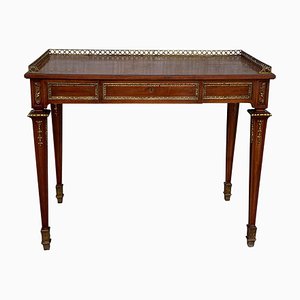
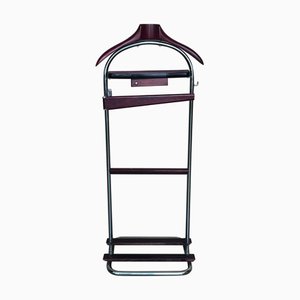
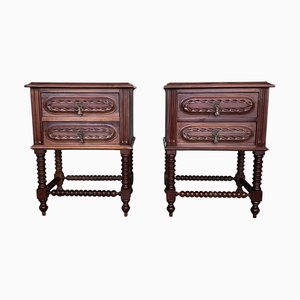

Contattaci
Fai un'offerta
Abbiamo notato che sei nuovo su Pamono!
Accetta i Termini e condizioni e l'Informativa sulla privacy
Contattaci
Fai un'offerta
Ci siamo quasi!
Per seguire la conversazione sulla piattaforma, si prega di completare la registrazione. Per procedere con la tua offerta sulla piattaforma, ti preghiamo di completare la registrazione.Successo
Grazie per la vostra richiesta, qualcuno del nostro team vi contatterà a breve.
Se sei un professionista del design, fai domanda qui per i vantaggi del Programma Commerciale di Pamono